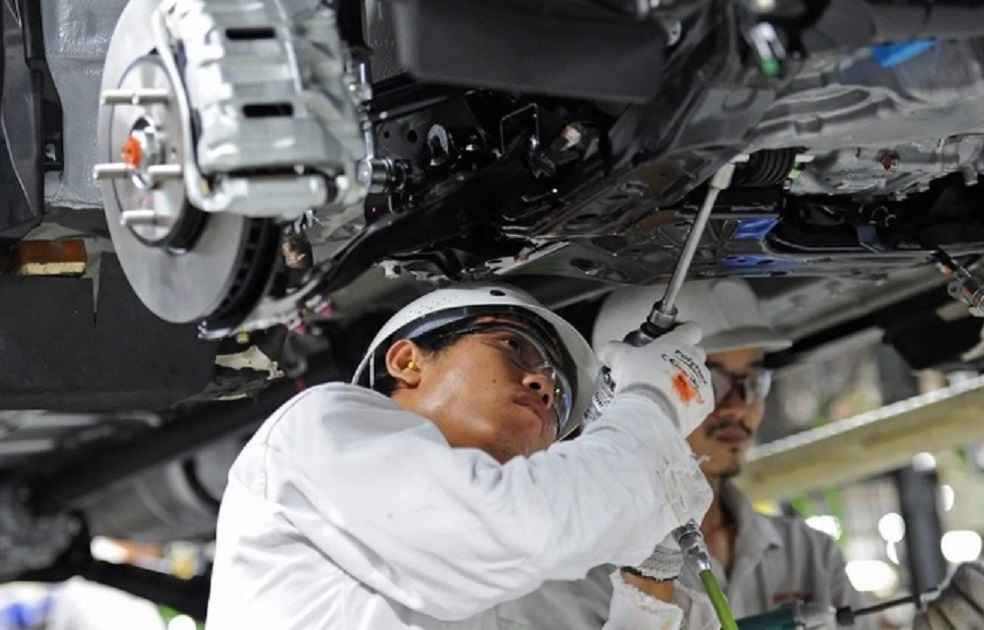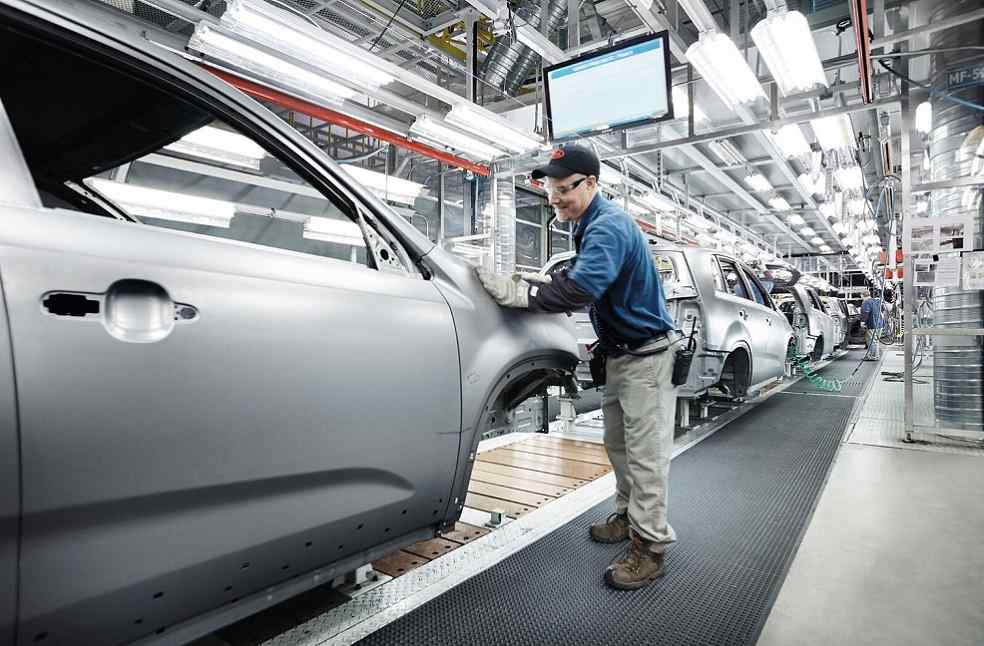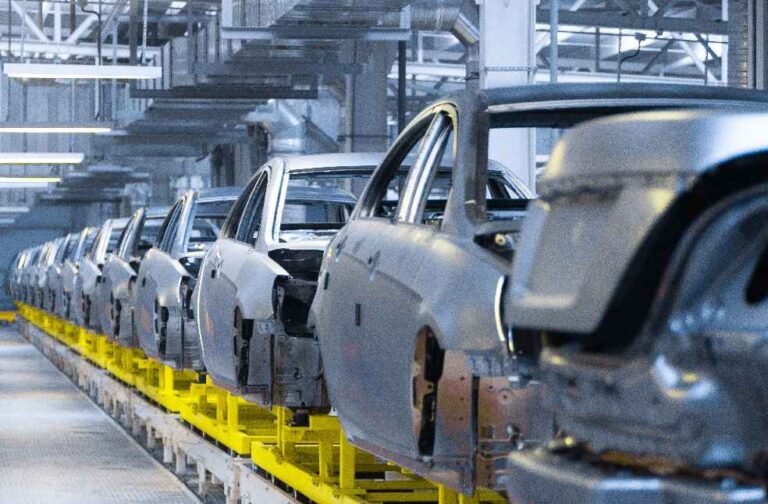Việt Nam’s ambitions to transition into a major player on the global automobile stage are riddled with significant challenges, particularly in leveraging the advantages of Free Trade Agreements (FTAs). As Vietnam’s auto industry aims to shift from reliance on imports to becoming an export powerhouse, various obstacles threaten to slow its momentum.
Vũ Thị Ánh Hồng, editor-in-chief of Customs Newspaper, delineated these challenges during a forum her publication hosted, which focused on dissecting the impact of FTAs on local manufacturing and trade dynamics.
Government Incentives Fuel Industry Growth
To fortify the domestic auto industry, the Vietnamese government has enacted numerous incentives:
- Zero percent import tax on automobile components for local production from 2018 to 2027.
- Tax relief for the automobile support sector through 2024.
- Reduced tax rates for electric vehicles to promote environmentally friendly options.
- Extensions and reductions in various automotive taxes and fees to boost the appeal and affordability of locally assembled vehicles.
These measures aim to boost the competitiveness and productivity of Vietnam’s auto industry. Success in this sector depends not only on fiscal support but also on the optimization of administrative and customs processes to ensure efficient import-export activities.

Customs and Collaboration: Keys to Competitiveness
Hồng highlighted the critical role customs play in fostering a business-friendly environment. By modernizing administrative procedures and enhancing communication between customs authorities and businesses, Vietnam can ensure an efficient automotive component supply chain.
Challenges from Competition and Tariff Reductions
Despite these supportive government measures, Vietnamese manufacturers contend with formidable competition from regional powerhouses like Thailand and Indonesia, who benefit from advanced technology and lower production costs. The gradual reduction of tariffs on completely built-up units (CBUs) required by several FTAs, including the significant EU – Vietnam FTA (EVFTA), adds pressure on local producers.
Nguyen Anh Tuyet from the Vietnam Automobile Manufacturers’ Association pointed out the dual nature of these agreements. “This is a huge opportunity for the auto market to diversify products and bring more choices to Vietnamese consumers,” she stated.
Under the EVFTA, the tariff on EU-sourced CBUs will decrease annually by about 6.4%, expected to reach zero by 2030. This stepwise reduction could undermine local manufacturers’ market shares if they cannot quickly enhance their technological capabilities and efficiency.

Strategic Directions and Future Prospects
To steer through these turbulent conditions, Việt Nam has crafted a strategic framework for its auto industry extending to 2045. This plan not only aims to increase production capacities but also to spur technological innovation and sustainability within the sector.
Le Huy Khoi, Deputy Director of the Vietnam Institute of Strategy and Policy for Industry and Trade, emphasized the necessity for a comprehensive approach. Khoi stated that, The EVFTA presents substantial opportunities for importing high-tech vehicles and components at competitive prices, which can decrease production costs and improve the international competitiveness of Vietnamese vehicles.
As the global automotive landscape continues to evolve, Việt Nam’s strategic responses to and integration with international trade norms will critically shape its future as an emerging hub in the automotive industry. Stakeholders are actively debating and strategizing optimal paths forward, focusing on balancing growth with sustainability in a highly competitive market.
AUTO TECH | Dürr Delivers 18,000th Robot to Audi, Boosting Paint Tech and Sustainability





